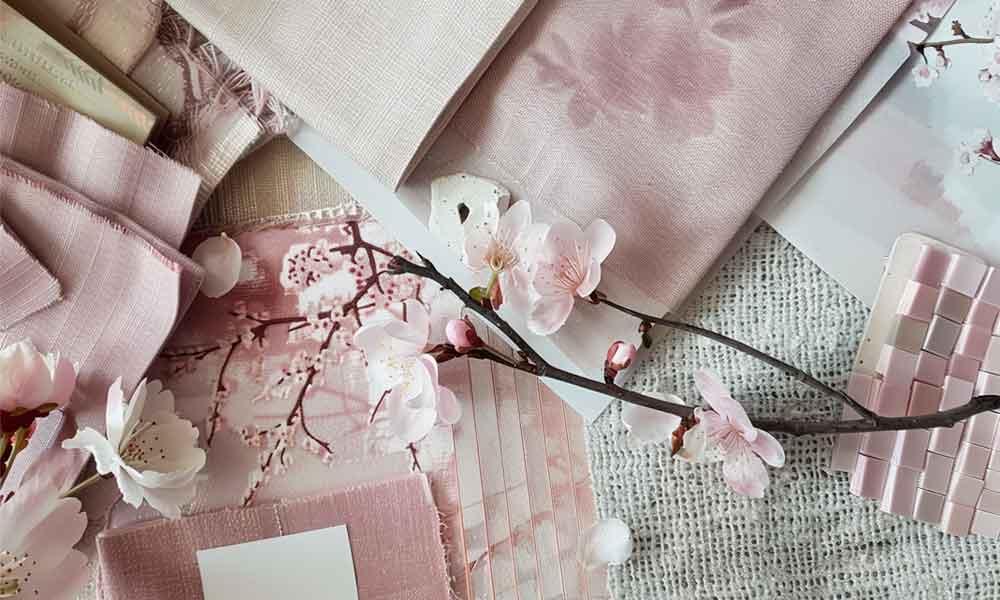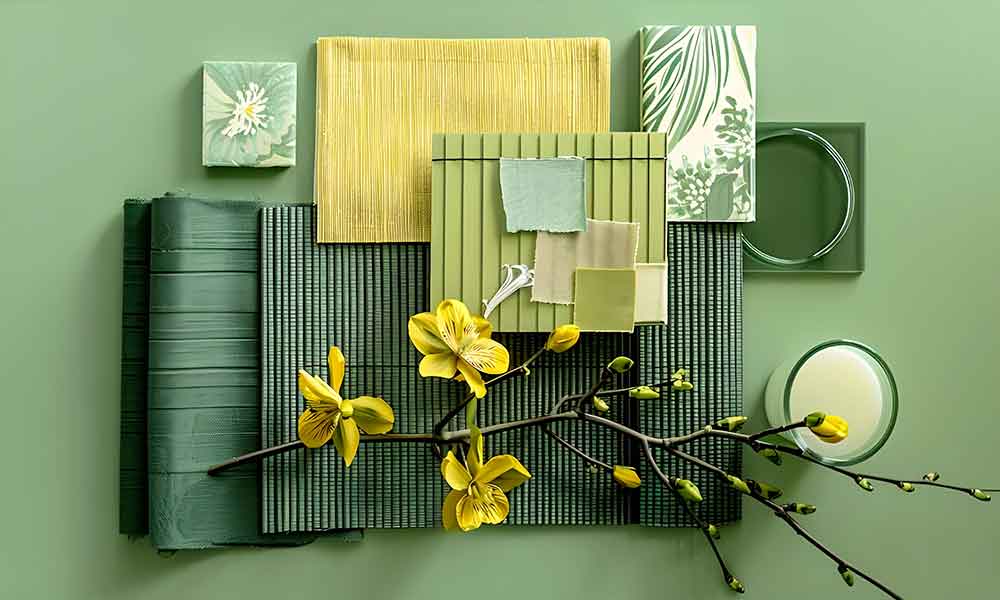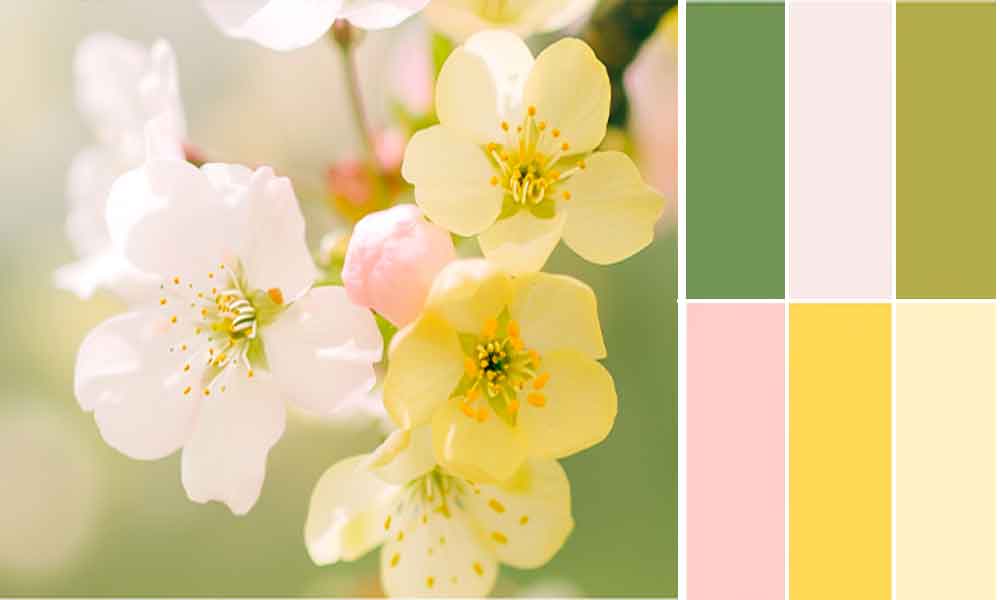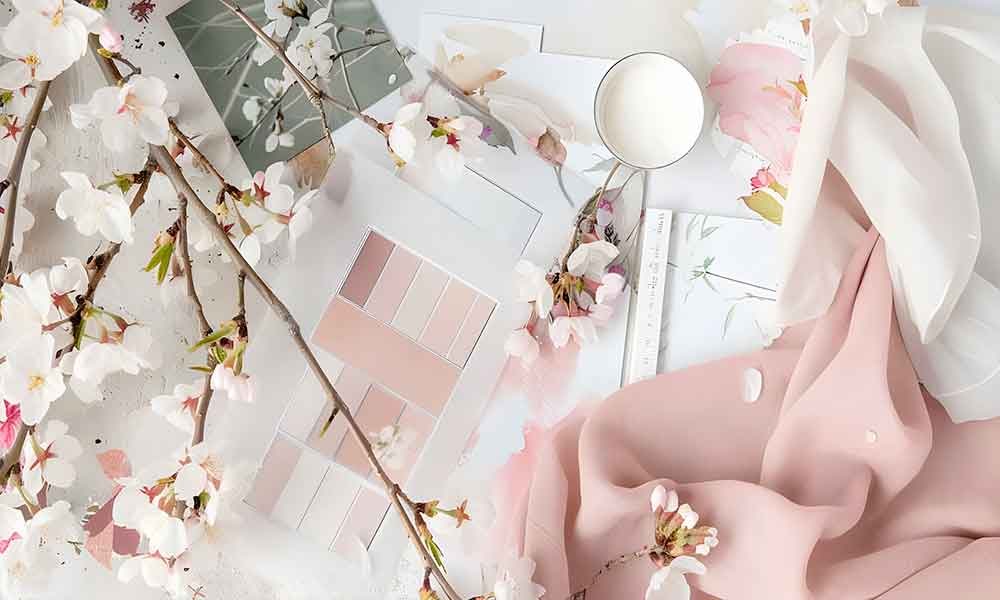Measuring & Fitting Included
Get an immediate price using our online estimator
Years’ of experience
Daytime, evening & weekend appointments
Call to speak to our call centre

A mood board is a visual tool used to capture the overall look and feel of a design project. In room decor, mood boards serve as a creative blueprint, helping to convey the desired aesthetic before any actual work begins. By compiling images, colors, textures, and materials onto a single board, designers and homeowners can gain a clearer vision of their desired space.
Mood boards are essential in the design process as they provide a visual representation of the design concept. They help to bring together various elements such as color schemes, textures, and patterns in a cohesive manner. This visual aid allows designers and homeowners to communicate their ideas effectively and ensure that everyone involved in the project is on the same page.
Creating a mood board is not only a fun and creative process but also a practical one. It allows you to experiment with different combinations of colors, textures, and styles without committing to any decisions. This flexibility enables you to explore various design possibilities and refine your vision before implementing it in your space.
When designing a room, a mood board can serve as a roadmap for the entire project. It guides the selection of furniture, accessories, and decor elements by providing a clear direction and aesthetic vision. By referring back to the mood board throughout the design process, you can ensure that every decision aligns with the overall style and theme of the room.
To create an effective mood board for room decor, start by selecting a theme or color scheme that reflects your style and preferences. Gather inspiration images from various sources such as magazines, websites, or even nature. Consider the materials and textures you want to incorporate, and arrange them in a visually appealing layout. By following these steps, you can create a mood board that accurately represents your design vision.
When gathering images for your mood board, it’s important to choose a variety of visuals that capture different aspects of your design concept. Include photos of furniture pieces, fabric swatches, paint samples, and decorative accents to create a comprehensive representation of your desired room decor. Experiment with different arrangements and compositions to find the perfect balance of colors and textures that resonate with your personal style.
In addition to visual elements, consider incorporating tactile materials into your mood board to convey the sensory experience of the space. Include samples of fabric, wood, metal, and other materials that you plan to use in your room decor. By including these tactile elements, you can better visualize how the different textures will interact and create a harmonious design scheme.
To enhance the effectiveness of your mood board, add annotations or descriptions to each image to explain why it was included and how it contributes to the overall design concept. This additional context can help communicate your vision more clearly to others involved in the project and ensure that everyone is aligned with the intended aesthetic.
Using mood boards in room decor offers several benefits, including the ability to visualize the end result before making any costly decisions. Mood boards also help ensure cohesion in design by allowing you to see how different elements work together. Additionally, they enable you to make informed decisions about the overall look and feel of your space.
One of the key benefits of using mood boards in room decor is the ability to experiment with different design ideas and concepts without the need for physical prototypes. This allows you to explore various options and combinations in a cost-effective and efficient manner before committing to any specific design direction. By visually mapping out your design vision, you can avoid costly mistakes and ensure that every element of the room complements each other seamlessly.
Another advantage of using mood boards in room decor is the ability to communicate your design concept effectively to others involved in the project. Whether working with a team of designers, contractors, or homeowners, a mood board provides a visual reference point that helps everyone understand the overall aesthetic and style of the space. This shared vision promotes collaboration and ensures that all stakeholders are aligned with the project goals.
Furthermore, mood boards can serve as a source of inspiration and motivation throughout the design process. By visually representing your design ideas and preferences, you can stay focused and on track with your room decor project. Referencing the mood board regularly can help you make decisions confidently and ensure that every design choice contributes to the cohesive and harmonious look of the space.

When creating a mood board, it’s essential to keep an open mind and explore different ideas. Incorporate your personal style into the board to make it unique and reflective of your personality. Be prepared to revise and refine the board as needed, as your design vision may evolve over time.
To maximize the effectiveness of your mood board, consider creating multiple versions or iterations to explore different design directions. Experiment with various color schemes, textures, and layouts to find the combination that resonates with you the most. Don’t be afraid to take risks and think outside the box when assembling your mood board, as this can lead to unexpected and innovative design solutions.
In addition to visual elements, consider incorporating inspirational quotes, fabric samples, and material swatches that evoke the mood and atmosphere you want to create in your space. These additional elements can add depth and dimension to your mood board, enhancing the overall storytelling aspect of your design concept. By creating a mood board that is rich in detail and context, you can better convey your design vision and inspire others to share your enthusiasm for the project.
When presenting your mood board to others, be prepared to explain the rationale behind your design choices and how they contribute to the overall aesthetic of the room. By articulating the thought process and inspiration behind each element on the board, you can help others understand your vision and provide valuable feedback that enhances the final outcome. Use the mood board as a visual aid to facilitate discussions and collaborations with others involved in the project, ensuring that everyone is aligned with the design direction.

By using mood boards, designers and homeowners can transform their spaces with confidence. Before and after photos showcase the impact of mood boards on room decor, while testimonials from designers and homeowners highlight the effectiveness of this design tool.
One example of successful room decor design using mood boards is a living room makeover that features a cohesive color scheme and a mix of textures and patterns. By creating a mood board that incorporates images of furniture pieces, fabric swatches, and decorative accents, the designer was able to visualize the end result and make informed decisions about the room decor. The before and after photos of the living room showcase the transformation from a dated and uninspired space to a stylish and inviting environment that reflects the homeowner’s personality and style.
Another example of successful room decor design using mood boards is a bedroom redesign that showcases a bold and dramatic color palette. By compiling images of statement furniture pieces, rich fabrics, and metallic accents onto a mood board, the homeowner was able to experiment with different design options and create a visually striking room decor scheme. The testimonials from the homeowner highlight the positive impact of using a mood board in the design process, as it helped them visualize their design vision and bring it to life in their space.
In conclusion, using mood boards in room decor is a valuable practice that can enhance the design process. By visualizing the end result, ensuring design cohesion, and making informed decisions, you can create a space that reflects your style and personality. I encourage you to try using mood boards for your next room decor project and experience the benefits firsthand.


With a keen eye for design Natalie is the Blinds Design Specialist at Custom Fitted Blinds. Dedicated to creating personalised solutions, she transforms spaces with creativity and expertise.
© 2024 All rights reserved
Made with ❤ with Elementor